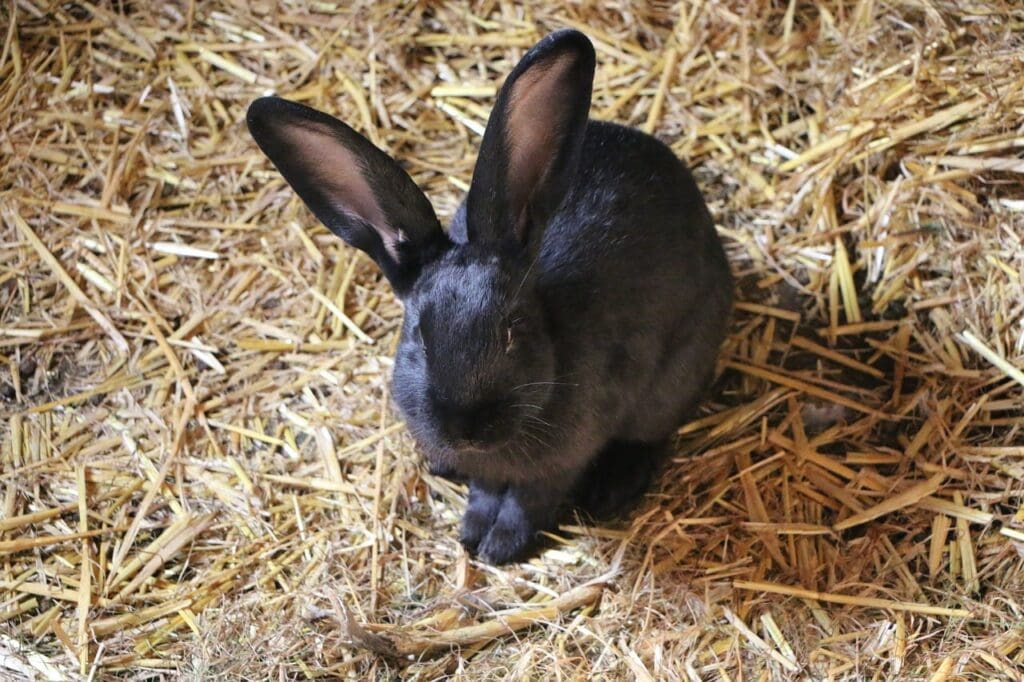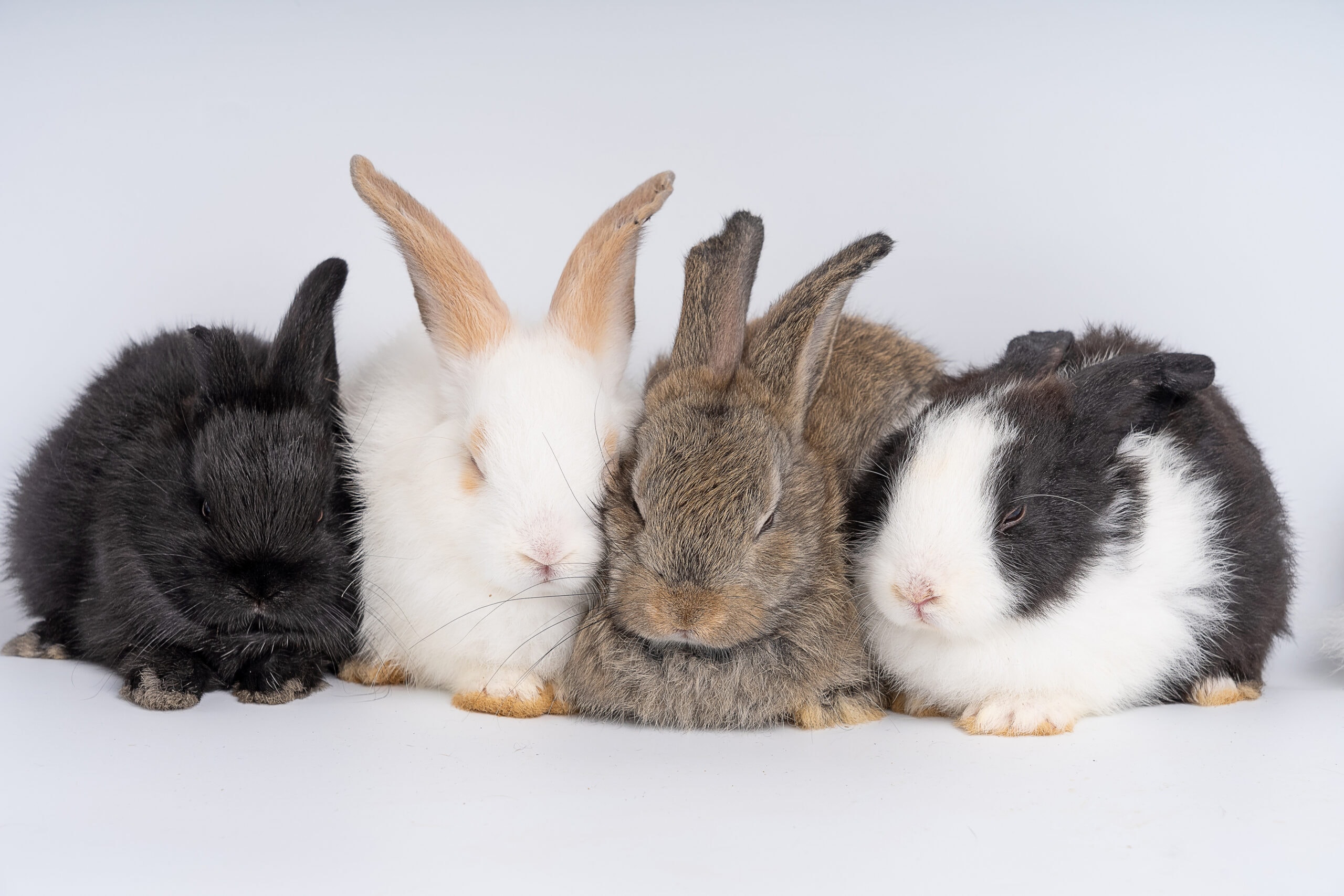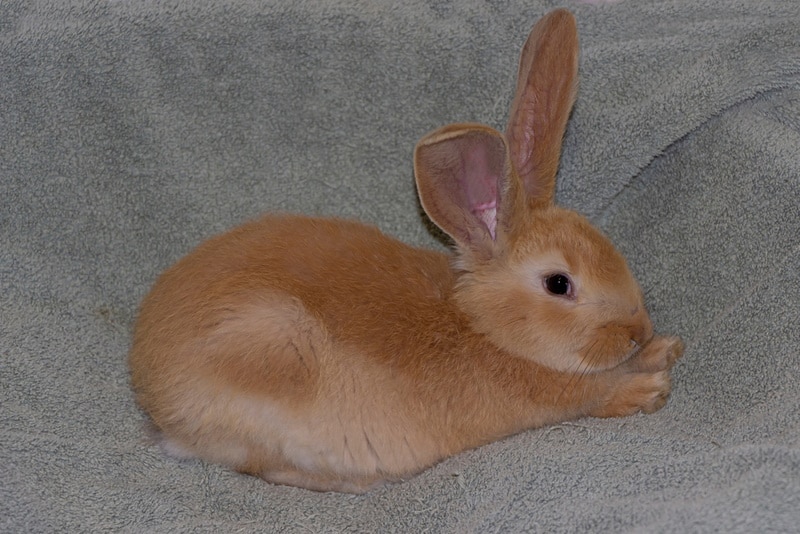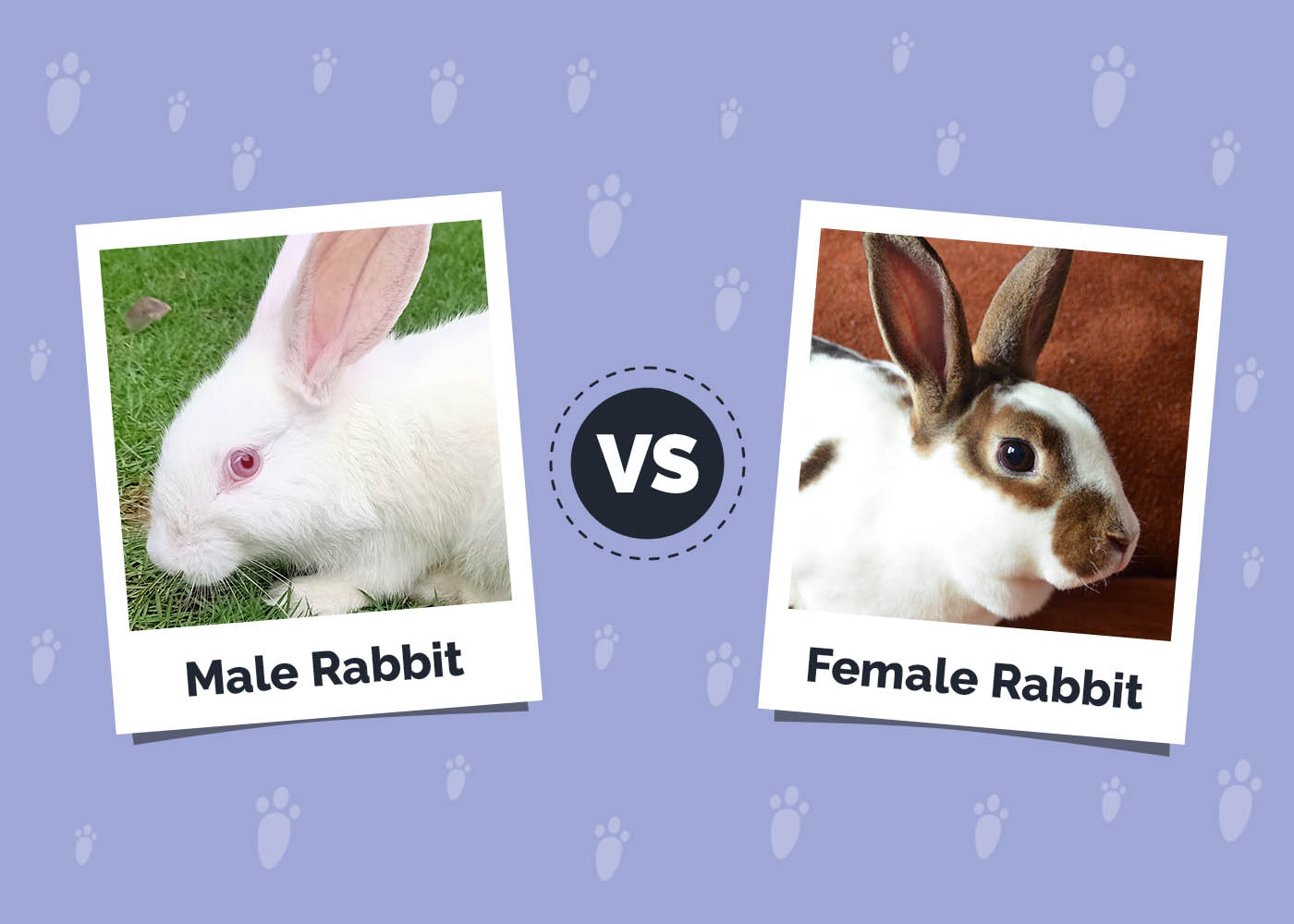Beveren Rabbit: Pictures, Care Guide, Lifespan & Traits
Updated on

Click to Skip Ahead
| Size: | Large |
| Weight: | 8–12 pounds |
| Lifespan: | 5–10 years |
| Similar Breeds: | Giant Angora, Flemish Giant, French Lop |
| Suitable for: | Families with older children, seniors |
| Temperament: | Energetic, docile, friendly |
If you want a big rabbit that’s fun to own, you may want to consider the Beveren rabbit. This breed is one of the oldest around and was originally bred for their fur. However, they’re commonly kept as pets today.
They’re energetic rabbits that need plenty of exercise. However, they’re also known for being clean and well-tempered. They’re more adaptable than other rabbits and tend to be hardier.
This breed can fit in well with practically any family as long as you have a large cage and plenty of time.
Beveren Rabbit Breed Characteristics
How Much Do These Rabbits Cost?
Beveren rabbits are an older breed. Therefore, they’re pretty common, especially in some parts of the world. However, in others, they can be rare. It mostly depends on where you live. Their price can vary a bit depending on their coloration, gender, and pedigree. Show rabbits often cost more than pet rabbits. As always, be sure you choose a quality breeder.
These rabbits cost around $75 to $500. Most rabbits will be on the lower end of this scale, but if there is high demand in your area, you may spend closer to $500.
Temperament & Intelligence of the Beveren Rabbit
Beveren rabbits are known for being friendly. They do well with people, though they may not like to be handled much. They’re rather docile and don’t mind noise and movement, though. They aren’t shy or timid, which makes them good pets.
Unlike many breeds, they don’t spook very easily. Therefore, they’re a good choice for multi-person households or households that just have more going on. They’re fairly intelligent—enough to be litter-trained and learn a few commands. They can learn their name and be trained to come when called.
Beveren rabbits are social animals, so they need regular human interaction. Otherwise, they can become lonely. They work best for those with extra time on their hands. With that said, they aren’t very cuddly and don’t like to be picked up. They prefer to be near their humans, but not necessarily on their humans. Therefore, if you’re looking for a particularly cuddly rabbit, they do not fit that bill.
Do These Rabbits Make Good Pets? 👪
For the right family, the Beveren rabbit can make a good pet. They’re non-aggressive and friendly. Therefore, they tend to be better family pets than lots of other breeds out there. They’re less likely to be spooked by movement or noise, so their environment doesn’t have to be extremely laid back. They’re much more resistant to stress.
However, these rabbits need plenty of room to stay happy and healthy. They also don’t like to be touched or handled much, so families with small children should likely look elsewhere.
Furthermore, they’re rare in some areas. Depending on where you live, you may be unable to find them.
Does This Rabbit Get Along with Other Pets?
Generally, this breed can get along with other rabbits and similar small pets. They must be socialized from a young age and introduced slowly, though. Because they’re prey animals, they can be skittish when thrown into a room with a new animal.
However, they typically don’t get along well with cats or dogs. They’re often seen as prey by these animals and may be scared of them (even smaller cats and dogs). Therefore, you should plan on keeping them separate if you have one of these more common pets.
Things to Know When Owning a Beveren Rabbit:
Food & Diet Requirements 🥕
Beveren rabbits have about the same dietary needs as other domesticated rabbits. They eat a diet consisting mostly of hay, which provides fiber and wears their teeth down. Rabbits have teeth that continuously grow. Therefore, they must wear them down, or health problems can ensue.
They should also consume a small number of pellets. These should be made specifically for rabbits, as they help round out their nutrition. Don’t overfeed, though, as they are often quite calorie-dense and can cause obesity.
Fruits and veggies can be provided for some variety and as treats. However, they should be given sparingly. Don’t make more than 20% of your rabbit’s diet veggies or fruits, or they may develop digestive problems.
Always check that a veggie or fruit is safe for your rabbit to consume before giving it to them. Several common veggies, like potatoes, are actually dangerous for rabbits.
Habitat & Hutch Requirements 🏠
Beveren rabbits are rather large. Therefore, they require a decent amount of room to thrive. You should provide them with at least 5 square feet of floor space and 14 feet of vertical clearance for their cage. The cage should have a wire frame on each side and a solid floor (usually of wood or plastic). Cages with gaps in the bottom can cause injuries on their feet. You should provide bedding that is soft and absorbent. Hay, straw, and wood shavings are common choices. You should also include a food bowl, water bottle, hay rack, and toys. These rabbits are intelligent, so some enrichment items are necessary.
If you keep your rabbit outside, you can use a wooden box instead that is elevated off the ground. Once again, make sure the floor is solid and provide the appropriate amount of bedding.
The box should be predator-proof and protect the rabbit from the weather. In some cases, you may need to bring the rabbit indoors, depending on the weather.
Exercise & Sleeping Needs 🐇
As energetic rabbits, Beveren rabbits need quite a bit of exercise. You should plan on providing them with a large outdoor area where they can run and play (supervised). An outdoor run that is enclosed completely is best, as it prevents predators from getting to them. You should provide exercise and enrichment items to this outdoor area, as well.
They’re intelligent rabbits, so they require mental stimulation. Try to include toys that challenge them physically and mentally.
Your rabbit should always sleep in their hutch or cage, surrounded by appropriate bedding. They’re most active in the morning and evening, while they tend to be subdued at other times.
Training 🥎
You can train your Beveren rabbit to perform some basic tasks and commands. For instance, they can learn to come when called and use a litter box. You train them just like any other animal—with plenty of positive reinforcement. Like dogs, they can be trained relatively easily with treats.
With that said, they aren’t necessarily as easy to train as other animals. Therefore, you’ll need to be very patient. It takes them longer to learn new commands than it might a dog or cat. Training can keep your rabbit entertained and happy and make them easier to care for.
Grooming ✂️
Beveren rabbits do need occasional grooming. They have a thick, glossy coat that sheds moderately. Therefore, most owners brush them about once a week, which helps control the shedding. However, they shouldn’t need much more than this.
These rabbits shed particularly heavily a few times a year, usually when the weather changes. You may need to increase their grooming routine to two to three times a week during these times.
You’ll need to keep their nails trimmed, as well. Otherwise, they can become uncomfortable or cause injury. Check their teeth for overgrowth regularly. Some rabbits need their teeth sanded down by a vet. However, when fed the proper amount of hay, most rabbits don’t require this.
Baths can cause stress and damage their fur. Therefore, they aren’t recommended. You should only bathe your rabbit if they are very dirty or when recommended by a vet. Always ensure your rabbit is dried thoroughly and kept warm during a bath. Otherwise, they can become ill.
Lifespan and Health Conditions 🏥
Beveren rabbits have a shorter lifespan than most breeds, at only 5 to 10 years. They’re pretty healthy and hardy rabbits, however, their larger size does give them a significantly shorter lifespan than most breeds.
They aren’t prone to any specific genetic conditions but they can catch many of the common rabbit diseases. These include dental problems, ear mites, flystrike, snuffles, and uterine cancer. These all require treatment by a vet, so be sure to have the contact information for one near you that sees rabbits.
- Dental Problems
- Ear Mites
- Flystrike
- Snuffles
- Uterine Cancer
Male vs Female
Beveren rabbits don’t exhibit significant differences between males and females. However, female rabbits do tend to be larger. Usually, they’re about 2 pounds bigger than the males. Male Beveren rabbits also have rounder, larger heads than females. A female’s head has a rather straight profile. Female Beveren rabbits have a medium dewlap underneath their chin, while males do not have one at all.
Sometimes, males may be more docile, while females can be more territorial. However, every rabbit is an individual, and these distinctions don’t always apply.
3 Little-Known Facts About Beveren Rabbits
1. They’re one of the oldest breeds of fur rabbits
Originally, Beveren rabbits were bred for their fur. They date back to the late 1800s in Belgium. They gained popularity later as show and pet rabbits, though.
2. The Pointed Beveren is a rare variant
This breed has a rare variant called the Pointed Beveren. This color variation has white-tipped hairs. This coloration isn’t currently recognized by the American Rabbit Breeders Association, but it is accepted by the British Rabbit Council.
3. They’re very hardy
Beveren rabbits are very hardy and adaptable. They can live both indoors and outdoors. However, they do need protection from predators.
Final Thoughts
If you can find one, Beveren rabbits are a great pet for many families. They’re docile and friendly. Plus, they tend to spook less than other rabbits, especially when socialized. Therefore, they can adapt well to just about any household.
These rabbits are larger and quite energetic, though, and they require more room than most rabbits. An outdoor run is highly recommended, so they do take up more room than most rabbit breeds.
Featured Image Credit to: luetho, Pixabay











